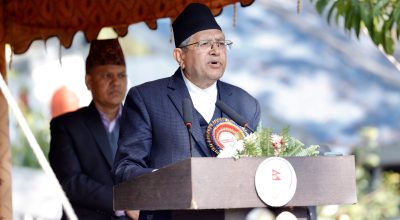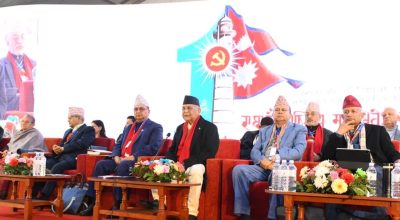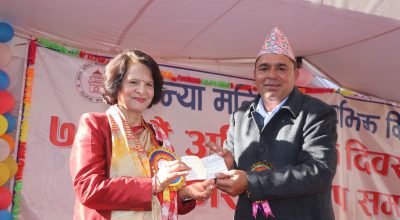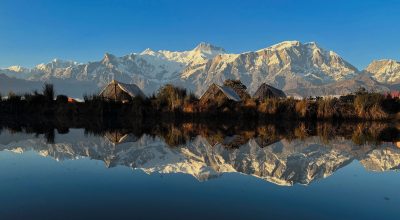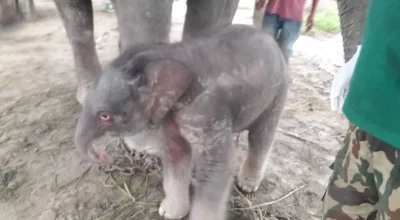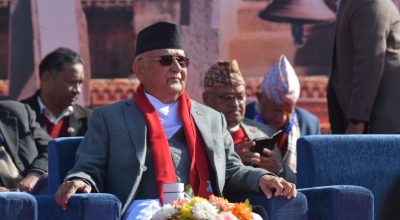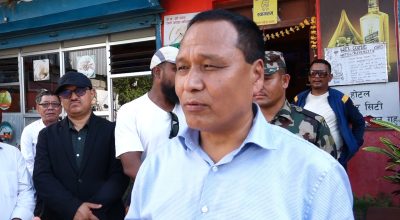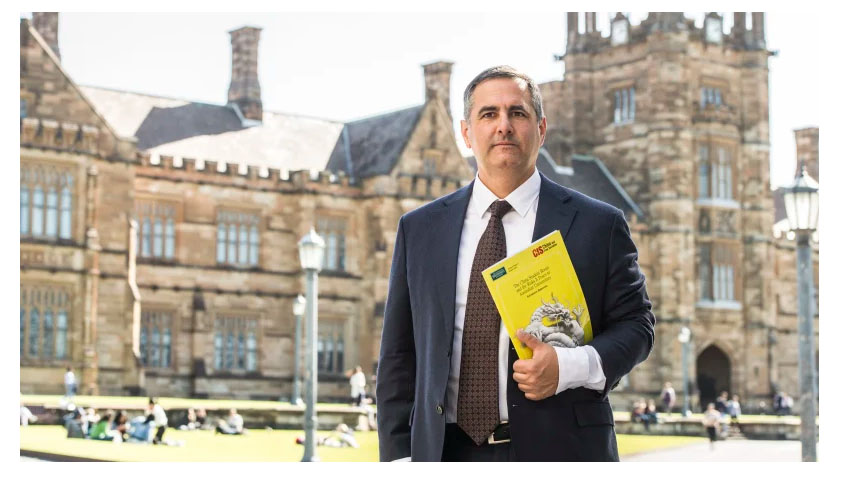
Leading higher education experts have urged the federal government to urgently “red flag” the surging number of Nepalese international students coming to Australia, arguing poor families are being exploited by recruiters and employers.
Since 2017, Nepal has been Australia’s third largest source of overseas students, well behind China and India but significantly ahead of larger, closer and more developed countries such as Malaysia, Vietnam and Indonesia.
“This should be a red flag for everybody”: Sydney University associate professor Salvatore Barbones.
“This should be a red flag for everybody”: Sydney University associate professor Salvatore Barbones.Credit:Steven Siewert
In the 12 months to October there were 65,746 enrolments from Nepal in tertiary courses, according to the federal government, more than triple the 21,000 who enrolled in 2016. In 2018-19 the Nepalese international student market was worth $2.6 billion to Australia, up from $1.6 billion the previous year.
At the same time, the number of education agents – or recruiters – operating in Nepal has leapt from a few hundred to more than 3000, according to a federal education department spokesman.
Advertisement
Andrew Norton, a higher education professor at the Australian National University, shares concerns about the Nepalese student boom.
Andrew Norton, a higher education professor at the Australian National University, shares concerns about the Nepalese student boom.Credit:Attila Csaszar
Most Nepalese students choose to study in NSW rather than Victoria. Of those who enrolled at Australian educational institutions this year, 42,500 were in NSW and 11,300 in Victoria. Unlike the Chinese and Indians, who mostly enrol in university degrees, about half the Nepalese students enrolled in vocational education and training or English language courses.
The trend has alarmed higher education experts, who warn it is unlikely the students can genuinely afford to study in Australia, and are likely involved in exploitative work to pay for their tuition.
Andrew Norton, professor of higher education policy at the Australian National University, said the Nepalese influx should be “red-flagged” by the Department of Home Affairs.
“Nepal is a country with a not-very-large population and it is very poor,” he said. “You have these basic questions of how so many people can afford to come to Australia and afford education here.”
Professor Norton said Nepalese international students had “an extremely high number” of secondary applicants on their visas, “suggesting to me that maybe they’re bringing in their spouses to work”.
“Once they’re here they’ll get caught up in the very well-known labour market issues around people on temporary visas where they’ll be offered below minimum wage work which they’ll probably accept because they’re desperate or they want to work more hours than they are entitled to under the student visa.”
Salvatore Babones, associate professor at the University of Sydney, was even more critical, accusing universities and the government of presiding over the “abuse” of poor families.
World Bank figures show Nepal’s gross domestic product per capita is about $US1000 – less than a 50th of Australia’s and half of India’s. “And yet it has this enormous contingent of students in Australia,” said Associate Professor Babones.
“This should be a red flag for everybody that they’re coming to Australia on loan-shark money, working their hearts out while they’re here in both legal and illegal employment so they can send money back to their families.
“The picture is so damning. I think the universities and the government should exercise more of a duty of care to poor people in a developing country rather than just take their money because it’s easy money. For Nepal, it’s just abusive.”
Comment was sought from Universities Australia, the peak body. A spokesman for the federal education department spokesman said the number of education agents operating in Nepal had jumped significantly, but “the obligation is on Australian education providers to effectively manage the offshore operations of their agents”.
Earlier this year the Nepalese government changed the rules to prevent students studying diplomas and language courses overseas unless they also had a university offer. Recently the number of Nepalese students lodging visa applications for vocational courses in Australia has dived, with the October figures down 63 per cent compared to the year before.
(As published in Australia’s Sunday Morning Herald, dated: December 22, 2019, written by Michael Koziel)







